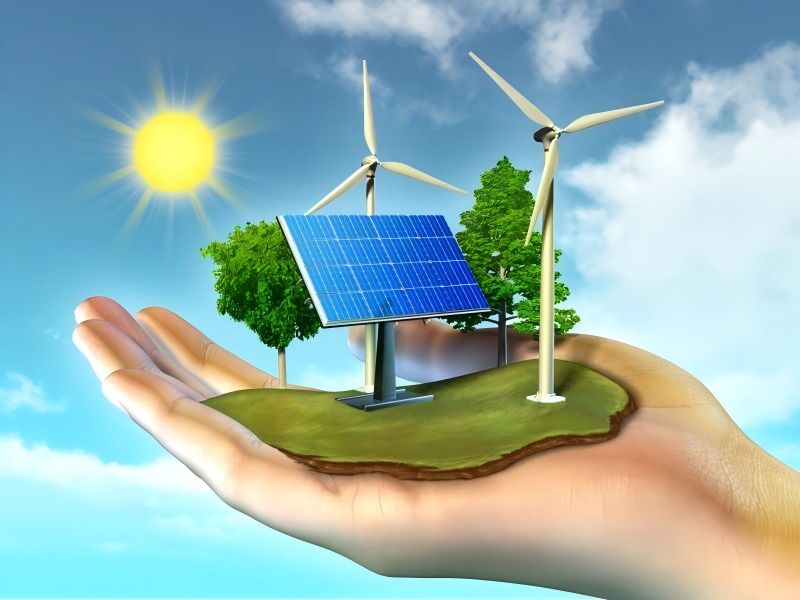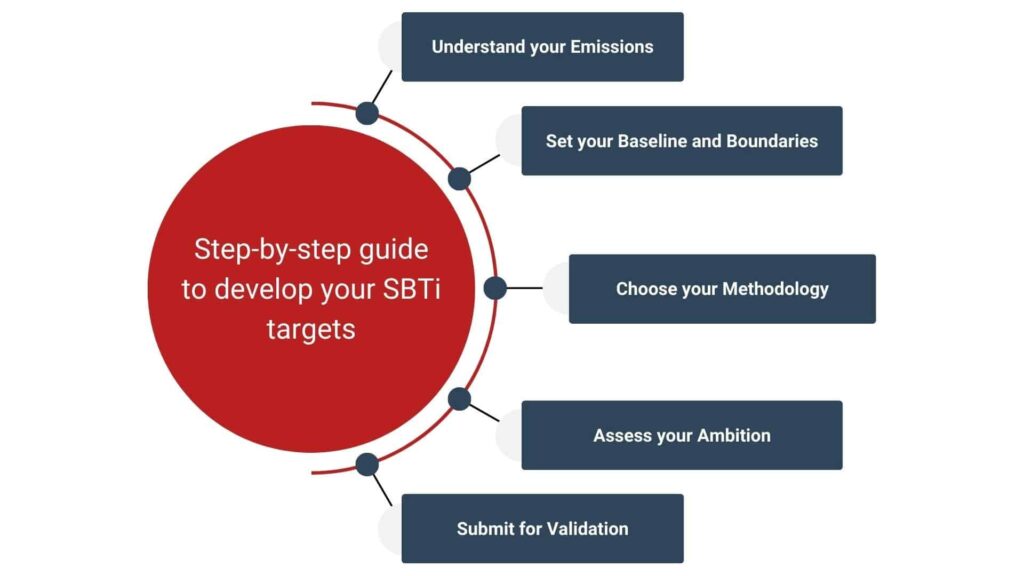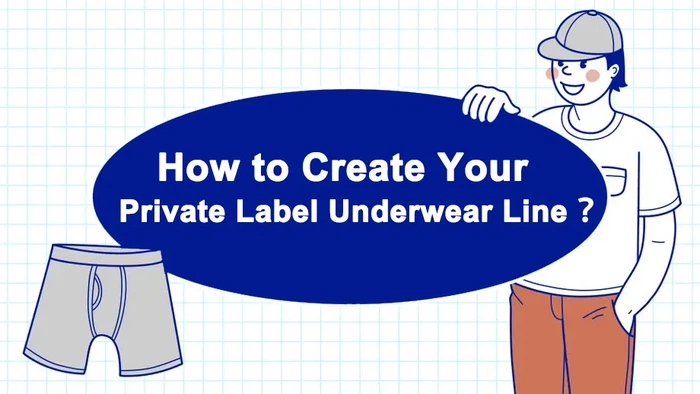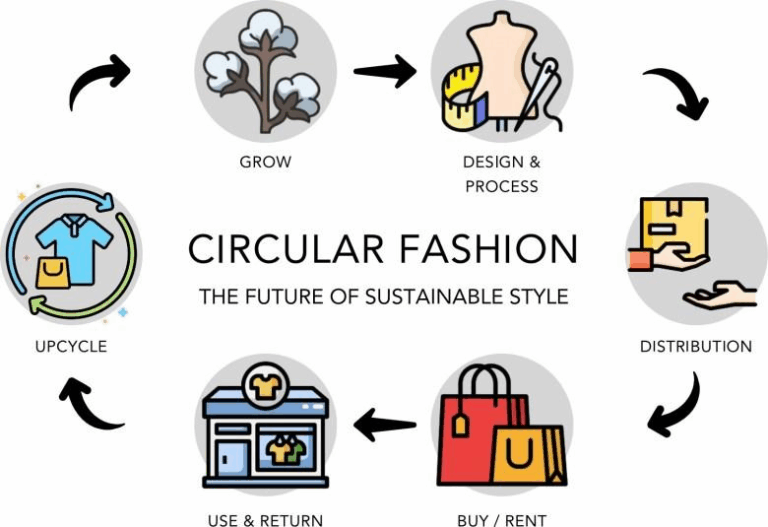-
No. 28, Zhanqian 1st Street, Liuhua Subdistrict, Yuexiu District, Guangzhou City

How can solar energy help brands achieve supply chain emission reduction?
Core advantages
- Directly reduce production carbon emissions
- Electricity consumption in textile manufacturing accounts for 25%-40% of the carbon footprint. The use of solar energy can reduce 60%-100% of fossil energy that relies on the power grid (see the table below for the carbon emission intensity of power grids in various countries).
- Case comparison: FUSH˚ achieves 100% clean power supply in the factory through a 100kW solar system, and the annual emission reduction is equivalent to planting 1,200 trees.
- Response to regulations and market trends
- The EU Carbon Border Tax (CBAM) and the US Clean Supply Chain Act require imported goods to disclose production carbon emissions. Solar factories can improve compliance competitiveness.

How can solar energy help brands achieve supply chain emission reduction? Comparison of power structure in global textile manufacturing
| COUNTRY | MAIN POWER SOURCE (PERCENTAGE) | CARBON EMISSIONS PER KILOWATT-HOUR (GCO₂/KWH) |
|---|---|---|
| China | Coal (65%) | 600-800 |
| India | Coal (75%) | 700-900 |
| Bangladesh | Natural gas (63%) | 400-500 |
| Serbia | Coal (70%) | 500-700 |
| Solar energy | No fuel emissions | 0 (operation phase) |
FUSH˚ solar factory practice
How can solar energy help brands achieve supply chain emission reduction? Three steps to achieve zero-carbon electricity
- Rooftop photovoltaic system
- 100kW panels installed on 3,000㎡ rooftop to meet 80kW peak load, surplus power storage/grid connection.
- Hybrid inverter + energy storage
- Switch to battery power supply on cloudy days to reduce grid dependence.
- Green electricity trading
- Sell excess electricity to the grid to balance the carbon footprint of nighttime electricity consumption.
Economic returns
- Payback period: 5-7 years (Serbia has 200+ days of sunshine per year).
- Long-term benefits: Electricity savings of 200%-300% of total investment over a 15-year cycle.
FAQS
1. How does solar energy reduce supply chain carbon emissions?
Solar power replaces grid electricity (often fossil fuel-based), cutting 60%-100% of production emissions. For example, FUSH˚’s solar factory reduces emissions equivalent to planting 1,200 trees annually.
2. Which countries’ textile industries benefit most from solar?
Countries with high grid emissions, like China (600-800g CO₂/kWh) and India (700-900g CO₂/kWh), see the biggest reductions by switching to solar (0g CO₂/kWh).
3. How do solar factories comply with regulations like EU CBAM?
They disclose lower production emissions, avoiding carbon taxes and meeting clean supply chain requirements (e.g., U.S. Clean Supply Chain Act).
4. What are the key steps to achieve zero-carbon electricity?
Install rooftop solar panels.
Use hybrid inverters + storage for cloudy days.
Trade surplus green electricity to offset nighttime grid use.
Brand cooperation suggestions
- Short-term actions
- Prioritize cooperation with solar factories (such as FUSH˚) to directly reduce Scope 3 emissions.
- Require suppliers to provide Clean Energy Certificates (such as I-RECs or GOs).
- Medium- and long-term strategies
- Jointly invest in supply chain photovoltaic projects to share costs and lock in low-carbon production capacity.
- Design a “Solar Certification” label to increase the environmental premium of products (such as “100% Solar-Powered Manufacturing”).
Further reading
- International Renewable Energy Agency Report: A Guide to Solar Applications in the Textile Industry
- Brand Case: Patagonia reduced supply chain emissions by 27% by investing in supplier rooftop PV.
How can solar energy help brands achieve supply chain emission reduction? Through solar integration, brands can not only comply with regulations in advance, but also turn emissions reductions into marketing advantages. If you need to calculate specific cooperative emissions reductions or obtain factory PV solutions, you can contact the FUSH˚ team to provide customized reports.








